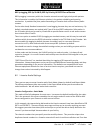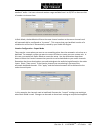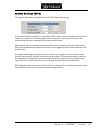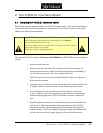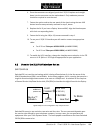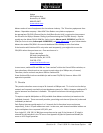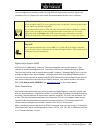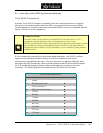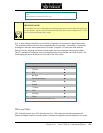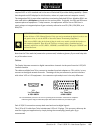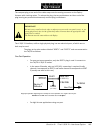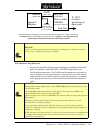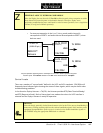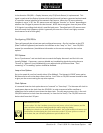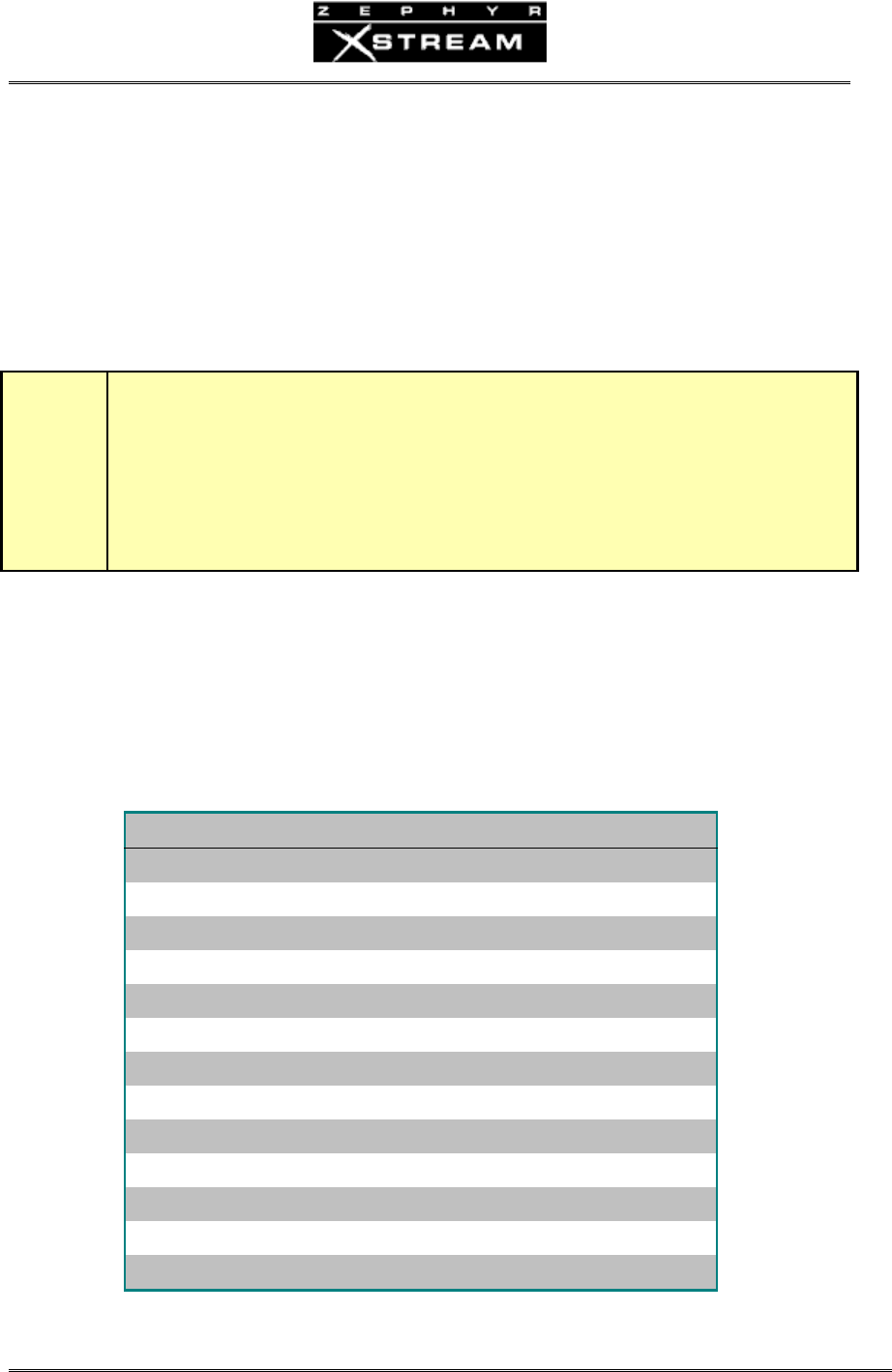
USER’S MANUAL
Section 9: The V.35/X.21 Interface Option 157
9.3 Hook-Ups to Non-ISDN Synchronous Networks
The V.35/X.21 Connection
Ifpresent,theV.35/X.21interfaceissuppliedinslotBslot,lookingfromtherear.Itpermits
connectiontotransmissionpathsotherthanISDN.ItmayalsobeusedwithexternalISDN
TerminalAdaptersinthe(rare)casewheretheavailableISDNserviceisnotcompatiblewiththe
Zephyr’sinte
rnalTA,orforemergencies.
?
CURIOSITY NOTE!
You might wonder why the much more common RS-232 is not used. Answer: V.35 is
synchronous, meaning that the bit clock is transmitted between the two ends.
RS-232 is typically used for self-clocking (asynchronous) applications, and requires overhead
start and stop bits, slowing and chopping the bit flow. And, just as with audio, balanced
transmission is more reliable in a noisy environment, or in one which has ground potentials
at differing levels.
V.35isastandardforconnectingtosynchronousdigitaldatapaths.LikeRS‐232,itdefines
signalsand(notofficially)connectorsandpin‐outssothatequipmentfromvarious
manufacturersmaytalkwitheachother.TheusualconnectorisabigboxyAMPtype,which
waschosenbyAT&Tdecadesago.Mo
stterminalequipmentsoldfortheUSmarketsupports
theV.35standard(althoughanadaptercablemayberequiredtoconnecttotheusual
connector).ThefollowingSignalsareprovidedattheV.35endoftheTeloscable:
V.35 CONNECTOR PIN-OUT
Pin Description Direction (Xstream ◄► DCE)
B Ground
C # RTS (Request to Send) ►
F CD (Carrier Detect) ◄
H # DTR (Data Terminal Ready) ►
P * TX Data ►
R RX Data ◄
S * /TX Data ►
T /RX Data ◄
V RX Clock ◄
X /RX Clock ◄
Y TX Clock ►
AA /TX Clock ►



